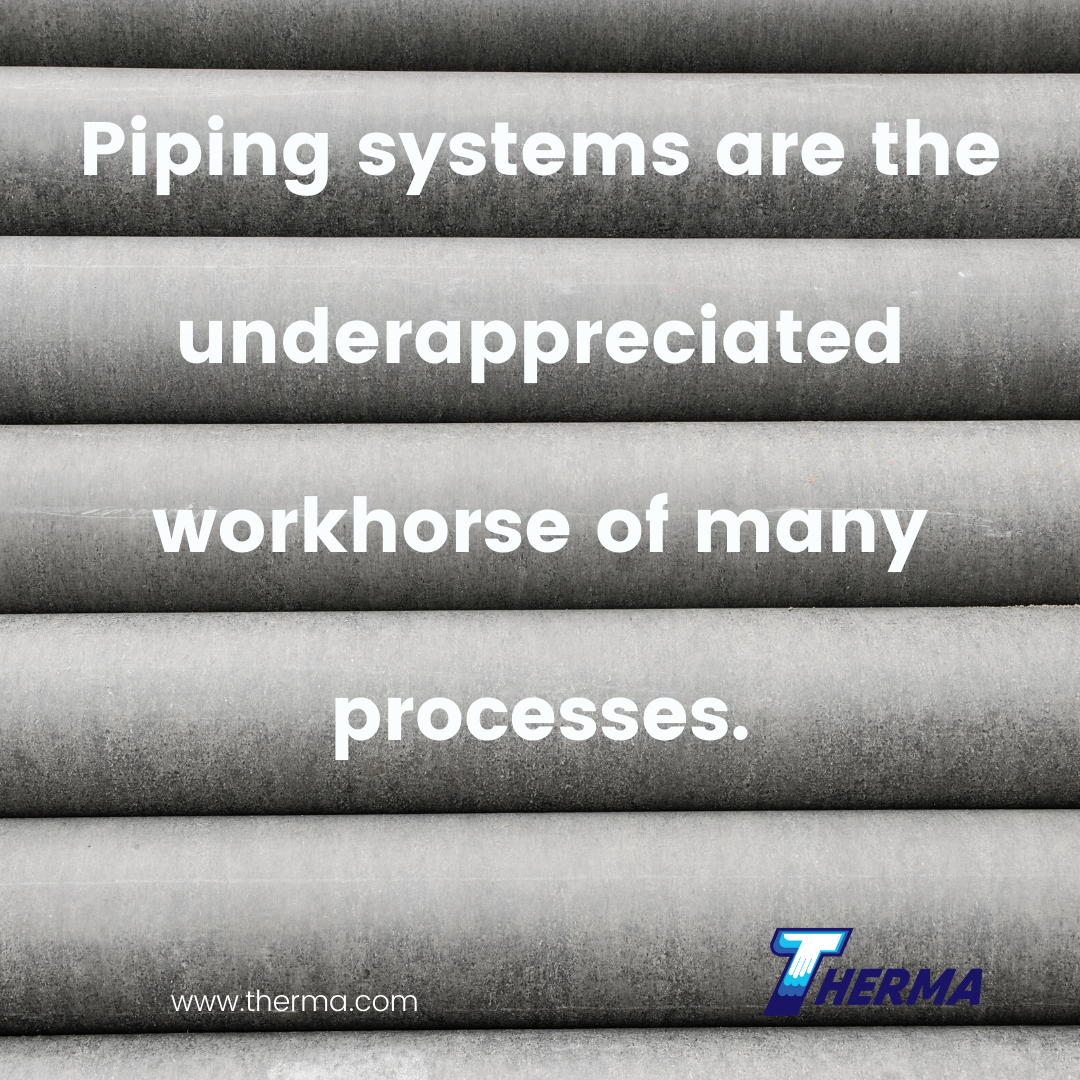How to Perform a Pipe Stress Analysis: Dos and Don’ts
By Patti Dees
Pipe stress analysis looks at how plumbing and other piping systems react to stresses. Also referred to as thermal flexibility analysis or pipe flexibility analysis, they can be simple inspections or complex 3D models. A quality analysis can improve the design and efficiency of the pipe system.
Why Do a Pipe Stress Analysis?
Safety should always be the first concern. Pipes are often overlooked, but some systems have the potential to cause serious damage, or even death, to anyone or anything nearby. Even if the potential failure causes “just a water leak” in a crawl space, the resulting moisture can create an unhealthy environment by supporting mold and bacteria.
The second benefit of a piping analysis is financial. The analysis identifies potential issues with the design before a failure occurs. An estimate of the life span of piping based on the evaluated design can reduce the frequency of replacing or repairing pipes. Evaluating the impact that the piping design has on connected equipment can limit excessive wear or damage to either the pipe or the equipment. The analysis can be used for preventative actions that improve the lifetime costs for maintenance and the overall return on building investments.
Last, piping flexibility analysis may be required under certain industry or local standards. Standards and codes provide guidelines for determining when a pipe stress analysis is needed as well as specific requirements to include when one is performed.
Stress in Piping
Many factors contribute to pipe stress. Heat, vibration, pressure, gravity and environmental factors play key roles in the life cycle of pipes. Part of planning a pipe stress analysis is recognizing which sources of stress are key contributors for an individual project.
Heat
Thermal cycling and thermal gradients along a pipe are common examples of heat stress. Pipe materials differ in handling changes in temperature. Expansion and contraction cause the pipes to flex and shift. Both high and low temperatures contribute to stress along the axis of the pipe as well as radially. Depending on the location and rigidity of supports, pipes can bend and become permanently displaced or develop weak spots from material fatigue.
Vibration
Vibration can be a powerful stress factor. Unsupported pipes, pipes whose supports are too far apart or pipes not of the appropriate stiffness are susceptible to vibration from equipment. However, designs must balance the need for stiffer supports to counter vibration and the more flexible supports that can handle the shifts in piping position from other factors.
Pressure
High-pressure loads, the weight of pipes or the material within them create stress along pipes. Material fatigue and bending may result.
Environment
Environmental factors can also cause pipe stress. Exposure to wind and seismic activity create vibration stress. Moisture can cause material degradation, which reduces the pipes’ ability to handle other forms of stress. Snow and ice increase weight strain and thermal stresses.
How to Perform a Pipe Stress Analysis
The complexity of the analysis depends on the type of piping system, the fluid carried by the pipes and applicable piping codes and standards. For example, inspection and hand calculations may be enough for simple water piping. However, systems with higher pressures and temperatures need more detailed analyses.
The scope of the test includes the basic requirements of what needs to be performed. It should include what factors are primary concerns and why. Work with a professional to determine the best way to evaluate a design with these concerns in mind. The scope should drive the focus of the analysis.
A few things to remember:
- As with anything data related, results are only as good as the data used. Estimates or simplified equations may be used for some inputs, but results may be less thorough. Input that impacts multiple factors or relates to safety concerns will need to be as accurate as possible.
- Calculations should include start-up or shutdown scenarios, normal operation and the most conservative or extreme conditions expected during the piping system’s life cycle.
- Multiple qualified individuals should verify calculations. Even computer models should be reviewed to ensure the results are reasonable and expected.
- Keep thorough records, including inputs used, why and any assumptions. These materials can reduce the amount of work required should the analysis need to be reevaluated periodically.

Piping systems are the underappreciated workhorse of many processes, including HVAC. Investing the resources to ensure a design not only meets industry standards but also supports long-term efficiency of the system creates a safer and more productive environment for a building’s occupants.
Biography:
Patti Dees is a chemical engineer turned writer. She spins her polymath nature to produce clear and informative pieces on technical topics.
References:
- https://www.csemag.com/articles/how-to-perform-a-pipe-stress-analysis/
- http://www.ventureengr.com/wp-content/uploads/2016/03/Pipe-Stress-Mystery-Magic1.pdf
- http://www.betamachinery.com/services/pipe-stress-analysis
https://pveng.com/home/pipe-stress-analysis/types-of-stresses-in-piping-systems/









